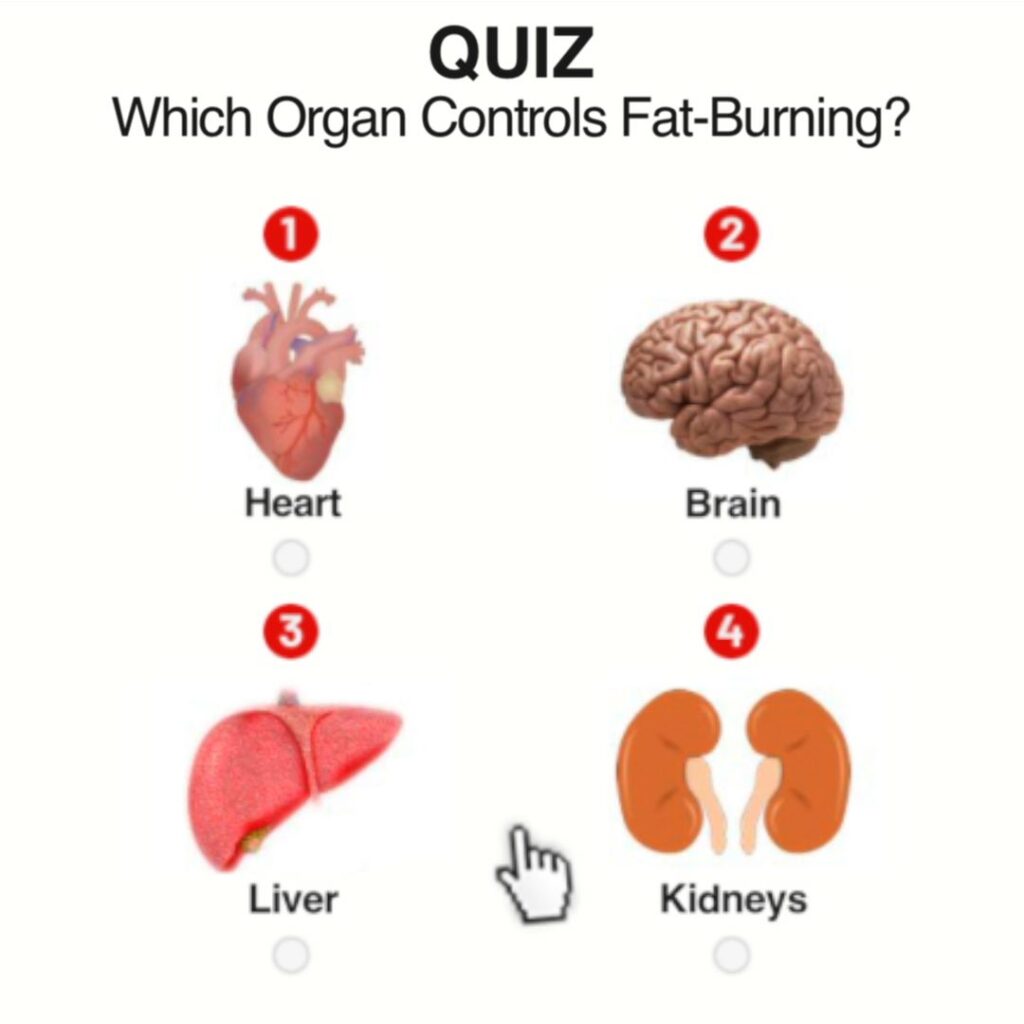One of the fastest ways I was able to improve my fitness progress, which I define as — increased muscle strength and endurance — was to exercises multiple muscle groups twice per week. By doing it this way I gave the exercised muscles an opportunity to recover from the stress. Exercising this way I was able to achieve and even surpass my goals in a short time.
Improving your fitness requires consistent motivation and focus.
An important aspect of maintaining your motivation and focus is to vary or tweak your current regimen every so often – for example emphasizing cardio and upper body exercises for three months and changing to lower body development or to sports specific exercises during the next rotation period. In this way you keep your workouts fun and interesting . . . and create muscle confusion.
The author of the following article explains how she is able to make fitness progress in a short time by increasing the density metric.
The Fastest Way to Make Fitness Progress
You know you can put more weight on the bar or do more reps, but there’s a third way to improve your fitness: by completing your workout faster. It’s a metric called density, and it amounts to being able to do more work in less time—usually by taking shorter breaks between sets.
Let me clarify: I am not talking about letting your workout turn into speedy slop. I’m simply suggesting that, if your form holds up (100 percent!) under the load you’ve chosen to lift during a particular exercise, you can improve your workout capacity (and thus your overall fitness) by increasing your density.
Unless you’re in the middle of a circuit workout, taking less of a breather between sets isn’t something that occurs to many of us—rather, we’re used to improving strength by one of two metrics: 1) either lifting progressively heavier weights (which is defined as intensity) or 2) doing more total reps or sets (and driving up volume). The problem is, you can’t add weight to the bar or heft heavier kettlebells or dumbbells every single consecutive workout—the body does not cooperate with such neat and linear progress—nor can you add reps ad infinitum. The additional metric of density gives you a third factor to tinker with, and the sweet spot of making continual progress lies in manipulating these three factors from workout to workout.
I was a notorious lollygagger between sets until my husband, David Dellanave, introduced me to this metric. The two of us encourage our clients at The Movement Minneapolis not to overlook density personal records (PRs)—they may not be as glamorous as heavier weight, but hey, they count, too!
Here’s how you can also track and celebrate them if you are so inclined. (Or, you can just take a little less time between sets whenever possible and forget the calculations entirely.)
Intensity = Pounds lifted
Volume = Number of reps multiplied by intensity
Density = Volume divided by time
For example, if you did 30 reps of goblet squats with 35 pounds in eight minutes, your math would look like this:
Volume: 35 X 30 = 1,050
Density: 1,050/8 = 131 pounds per minute (nice work!)
Try It Yourself:
- Use a simple kitchen timer or the stopwatch on your phone. Start the clock when you begin a set, and don’t stop it during your rest periods. When you’re done with all rounds of that exercise, jot down your time. (A training log comes in very handy so you can refer back to previous training sessions.)
- Do this for each exercise, every workout.
- Note when your density improves.
- Revel in your newfound speed and improved fitness—or just leave the gym earlier because you’re done earlier!
P.S. The important thing to remember when tweaking your exercise program is to not deviate from proper form. Start slowly with fewer reps and/or lighter weights until you become proficient with the movements.
P.P.S. Visit How to Prevent Pre-diabetes today for more tips on exercising properly.






